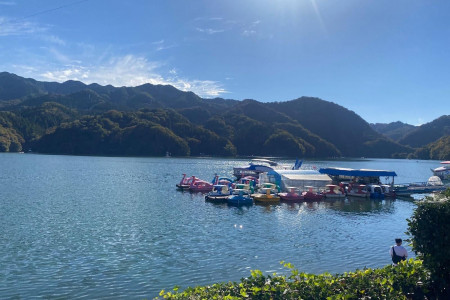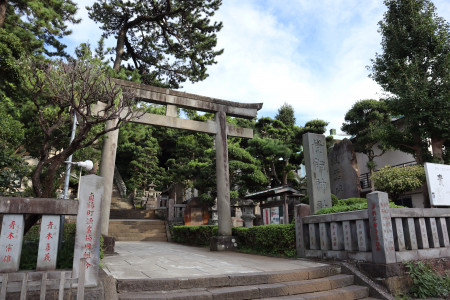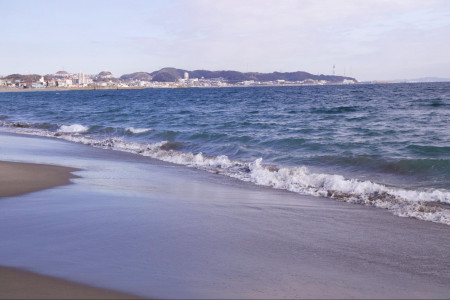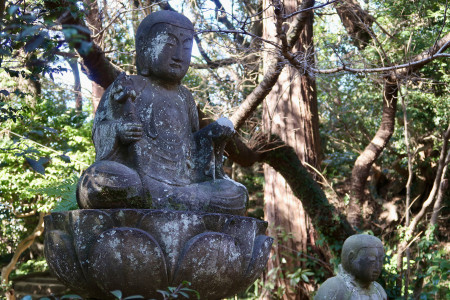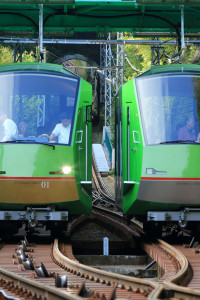
Trip reports
Guided Mt. Oyama Hike in Isehara
Recommended Transit Passes
Tanzawa-Oyama FreepassMt. Oyama has long served as one of Kanagawa Prefecture’s most sacred mountains. During the Edo Period (1603-1868), many people made the pilgrimage to Mt. Oyama for good fortune. Today, this 1,252-meter mountain is a part of the Tanzawa-Oyama Quasi-National Park and still serves as a popular hiking destination for residents and tourists alike.
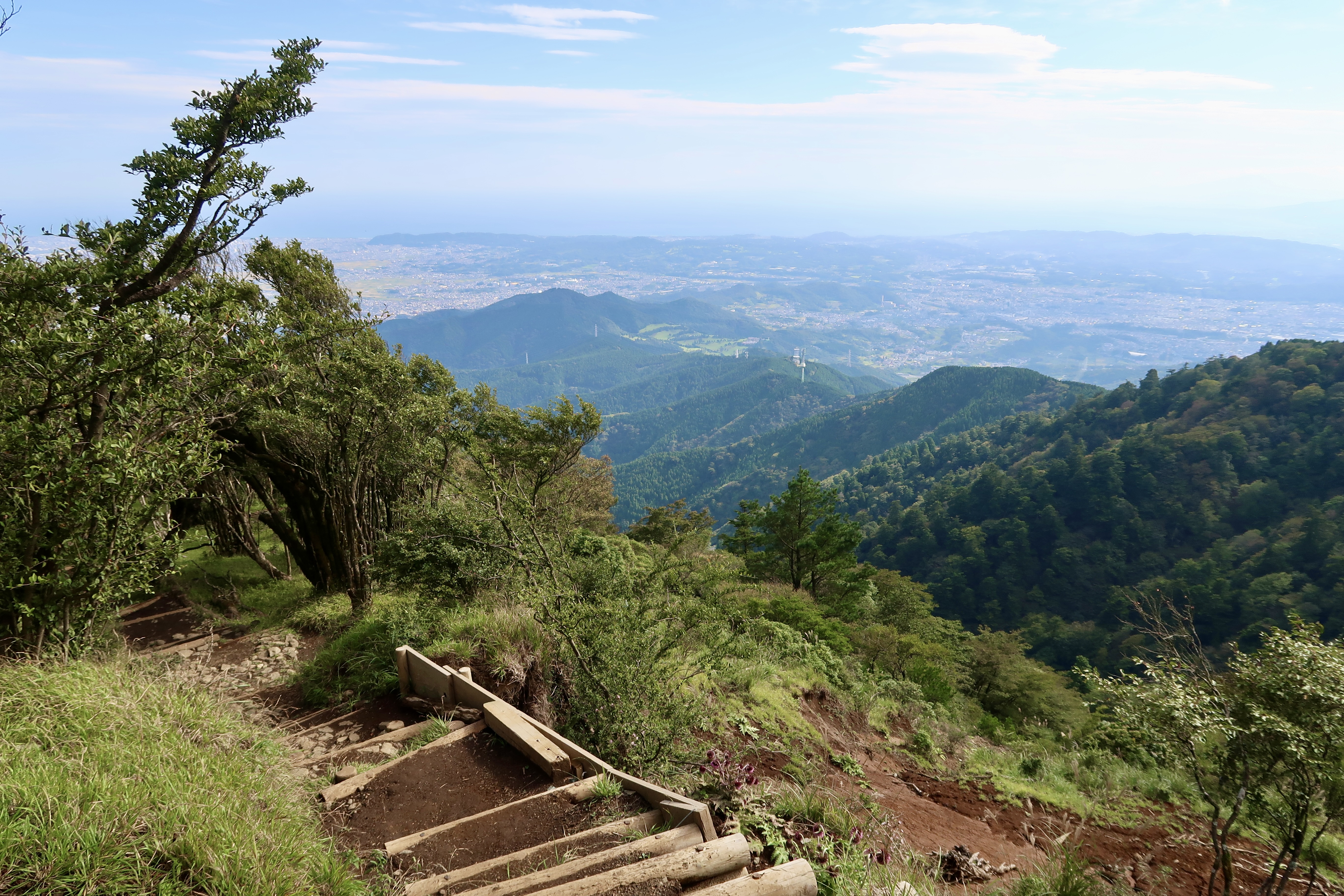
Follow the footsteps of the past and explore this hallowed area yourself with a Mt. Oyama hiking tour led by an English-speaking guide! Your tour guide, Keisuke, is both a National Government Licensed Guide Interpreter and an Official Kanagawa Tour Guide with a passion for hiking and meeting new people. His goal is to introduce visitors to the beautiful and often overlooked nature of the Greater Tokyo area.
In addition to natural exploration, this tour also provides step-by-step guidance from Tokyo’s metropolitan area—taking the burden of navigating trains and buses off your shoulders.
Let’s jump into the adventure!
From Shinjuku’s urban landscape to Isehara’s nature
The tour started at 8am at Shinjuku Station, where Keisuke provided me with a bottle of water, wet wipes, and an energy snack. Please note that you are responsible for packing your own lunch. Next, Keisuke purchased the Tanzawa-Oyama Freepass for us both, which is a two-day pass that covers an extensive transportation network in the Tanzawa-Oyama area. From Shinjuku Station, we took the Odakyu Line to Isehara Station, which took a little over an hour. During the train ride, Keisuke and I became acquainted with one another, and he provided me with some information about the tour ahead.
Once we arrived at Isehara Station, we caught a local bus to the Oyama Cable bus stop near Oyama-Cable Station. Throughout the approximately 30-minute bus ride, Keisuke introduced facts about the Mt. Oyama pilgrimage, as well as Japan’s history overall. The local bus wove through charming streets lined with traditional houses and provided glimpses of the encircling forest-clad mountains.
Koma-sando
After disembarking, Keisuke and I walked to Koma-sando, a quaint pedestrian street flanked by souvenir shops that leads to Oyama-Cable Station. In addition to its local charm, this walkway has 362 steps, and thus marked the beginning of our uphill journey.
Time for a cable car ride
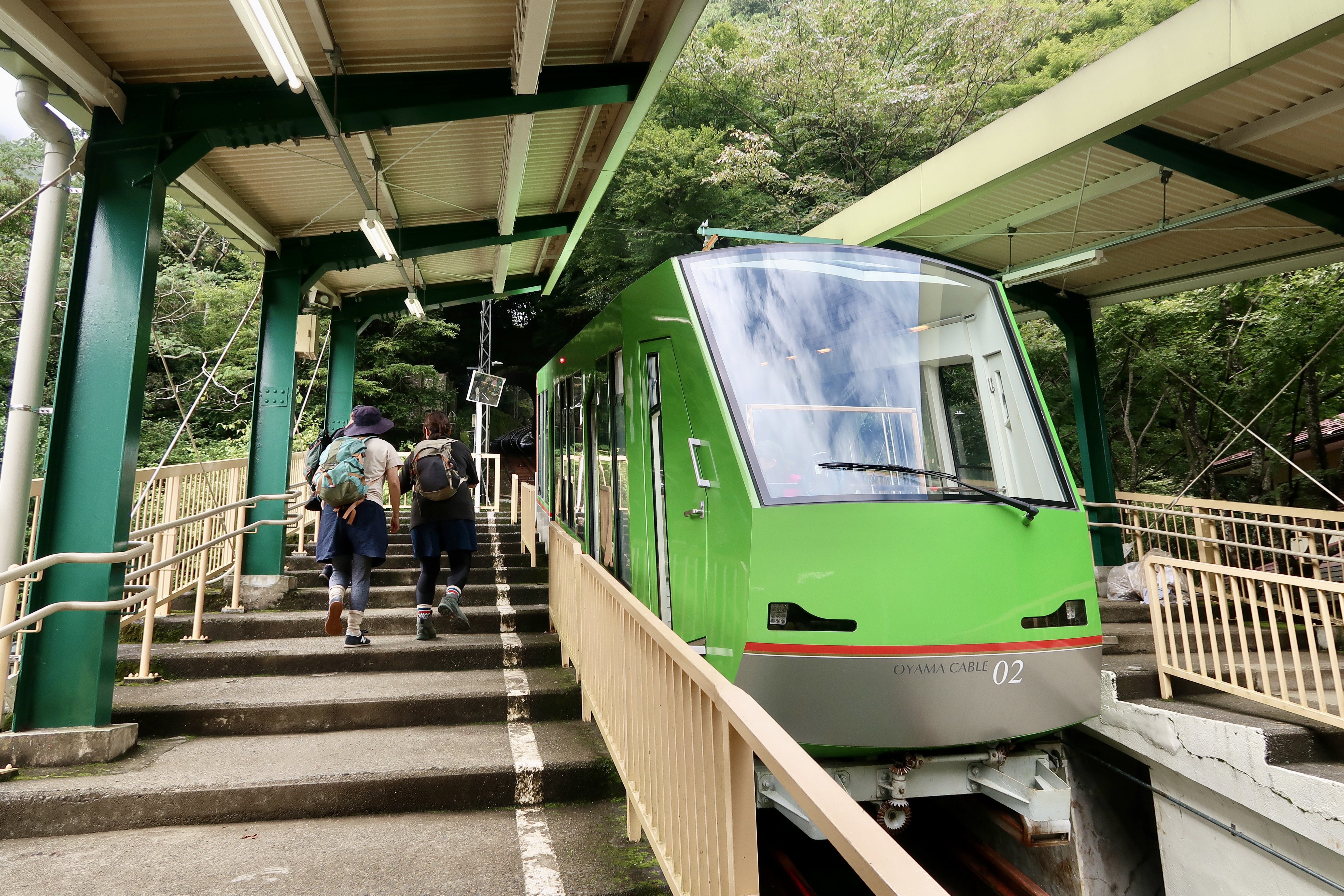
The Tanzawa-Oyama Freepass covers the Oyama Cable Line. This steep cable car travels from Oyama-Cable Station to Afuri-Jinja Station and is extremely popular during autumn and summer when the foliage reflects the vibrancy of each season.
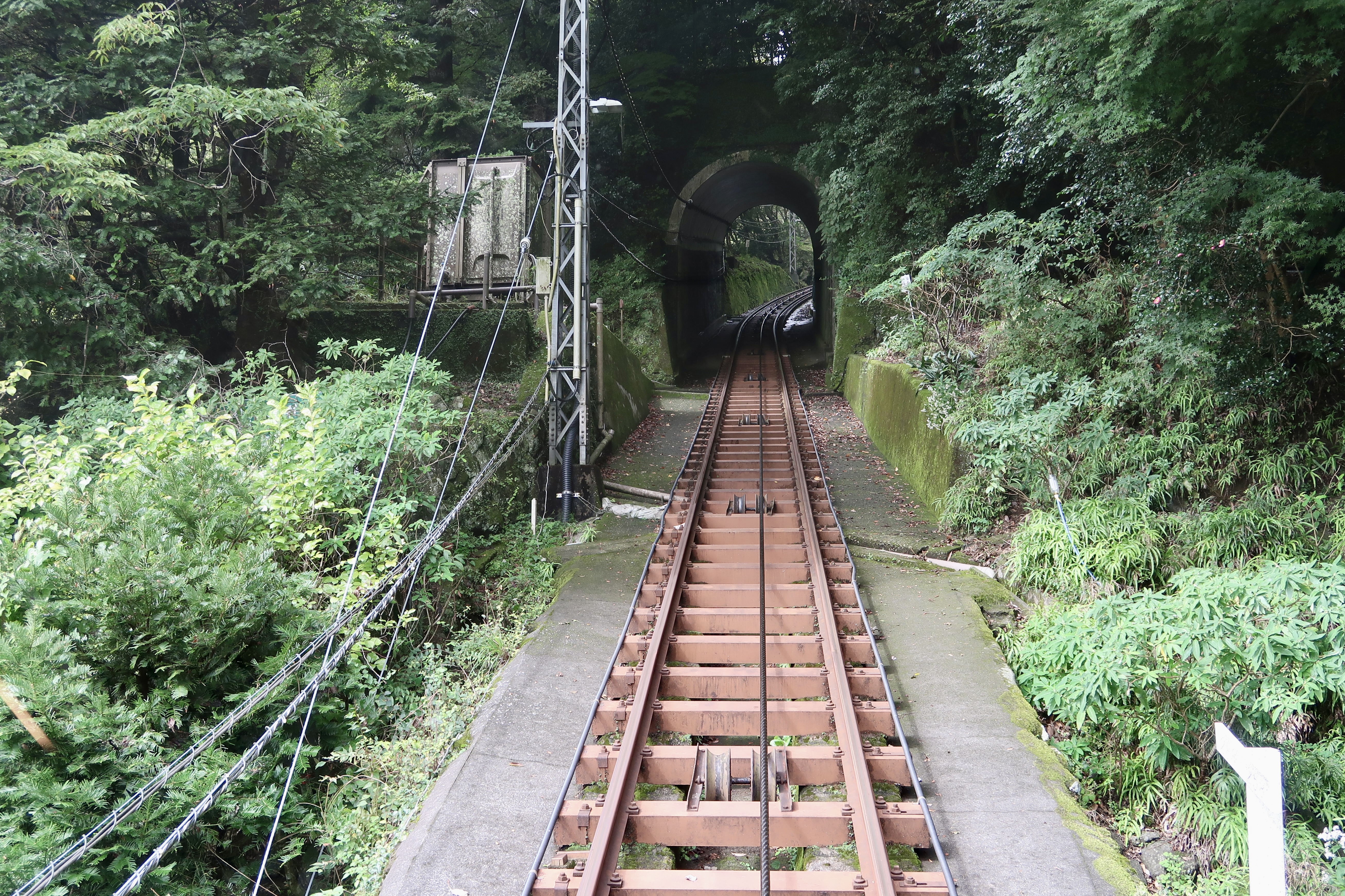
Upon the cable car’s arrival, I quickly secured a seat in the front and enjoyed enchanting views of greenery along the tracks. The ride to Afuri-Jinja Station took five to six minutes.

Oyama Afuri Shrine
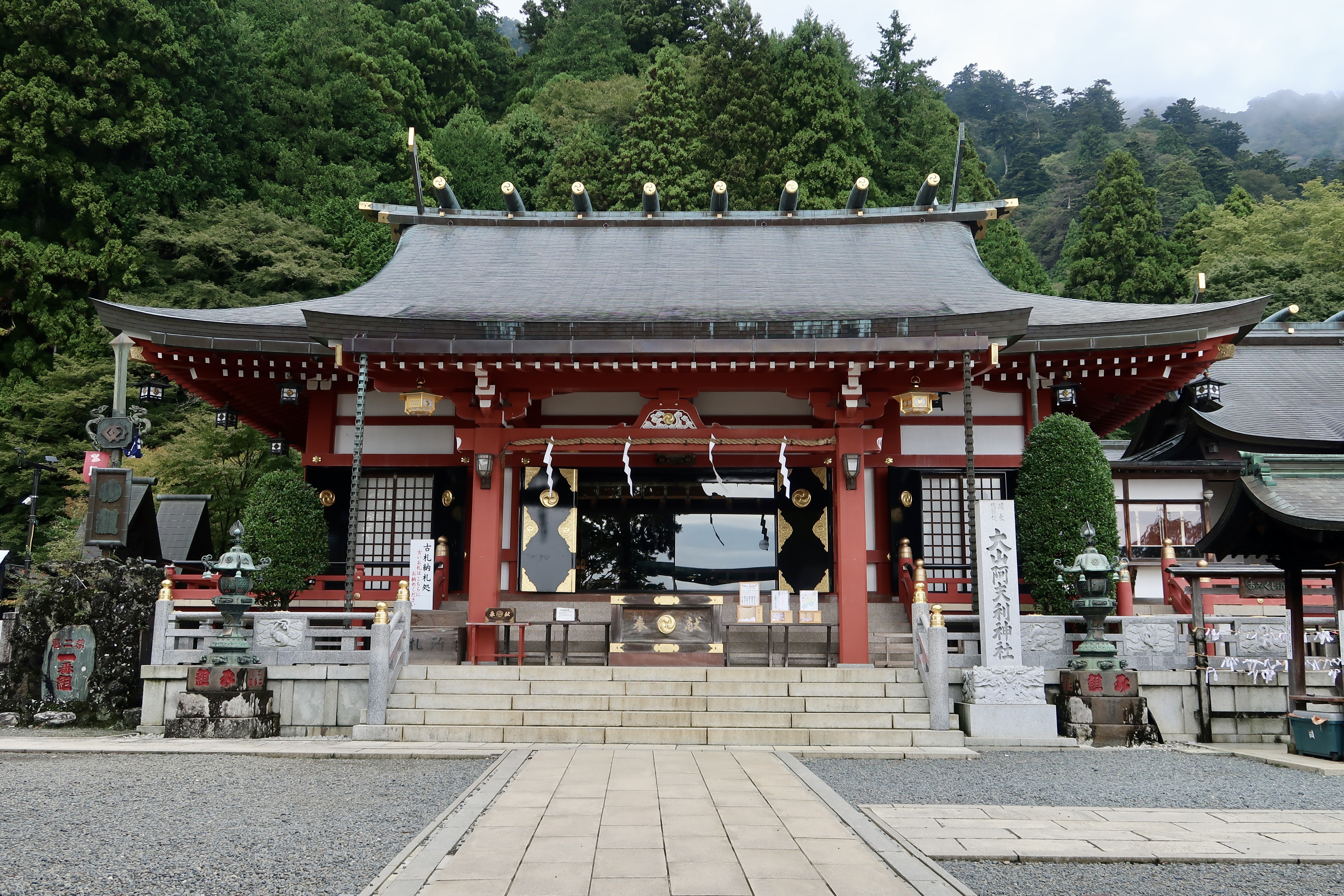
Established over 2,200 years ago, Oyama Afuri Shrine is one of the oldest shrines in Japan’s Kanto region and has long stood as a place of worship for rainfall and good harvest. The name itself comes from the words ame, which means rain, and furi, which means fall. The area near Afuri-Jinja Station is located roughly halfway up the mountain and is referred to as Shimosha, or Lower Shrine. This complex is home to a worship hall, beautiful vistas of the valley below, charms and amulets for purchase, and even a tea house, called Saryo Sekison that is popular for its luscious matcha tiramisu.
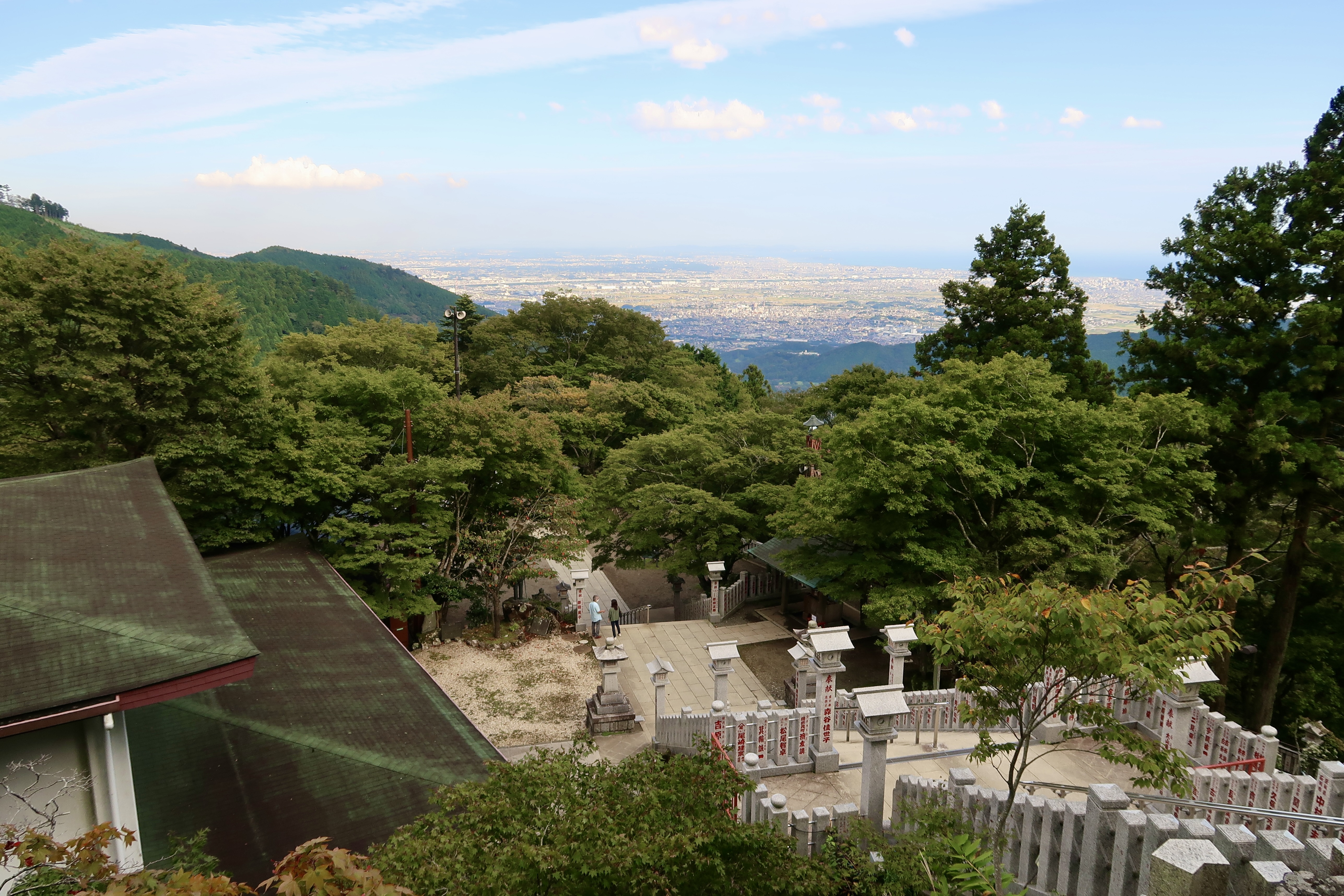
As Keisuke and I explored the complex, he provided me details about the shrine’s history and led me to must-see spots.
Tip: The shrine has a sacred fountain with potable drinking water. Bring an empty bottle to enjoy the refreshing water during your hike.
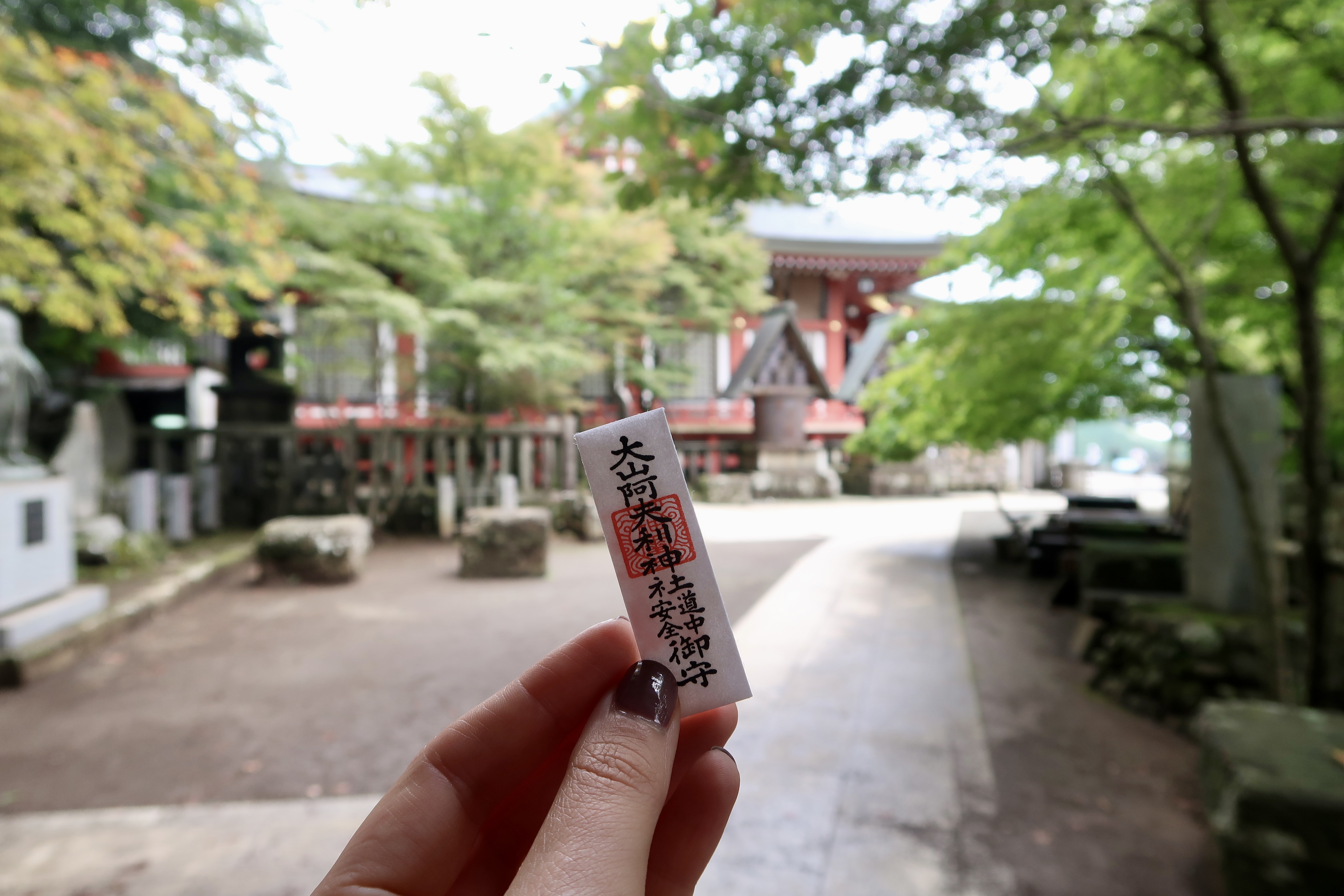
After Keisuke paid the small entrance fee for us both, we picked up protective charms and began our pilgrimage.
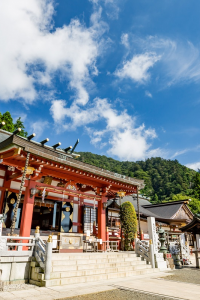
Going up!
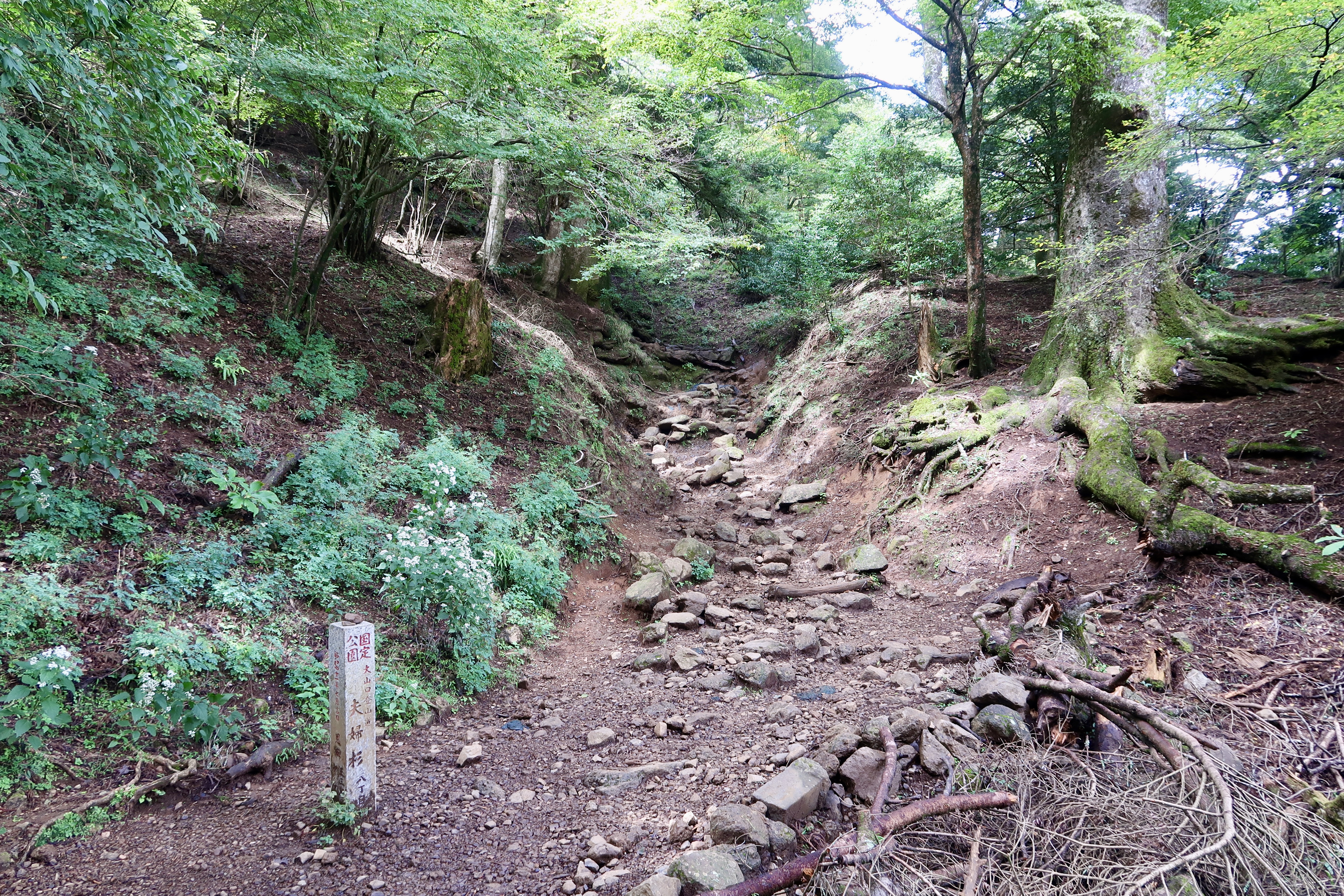
The hike from Oyama Afuri Shrine to the summit is about 4.5 kilometers and has an elevation of 600 meters. So, be prepared for lots of uphill trekking. Although the hike ranges from beginner to advanced, the rocky trails and uphill nature of the walk make it more challenging. The trek certainly had me sweating! Be sure to stay hydrated and rest when necessary.
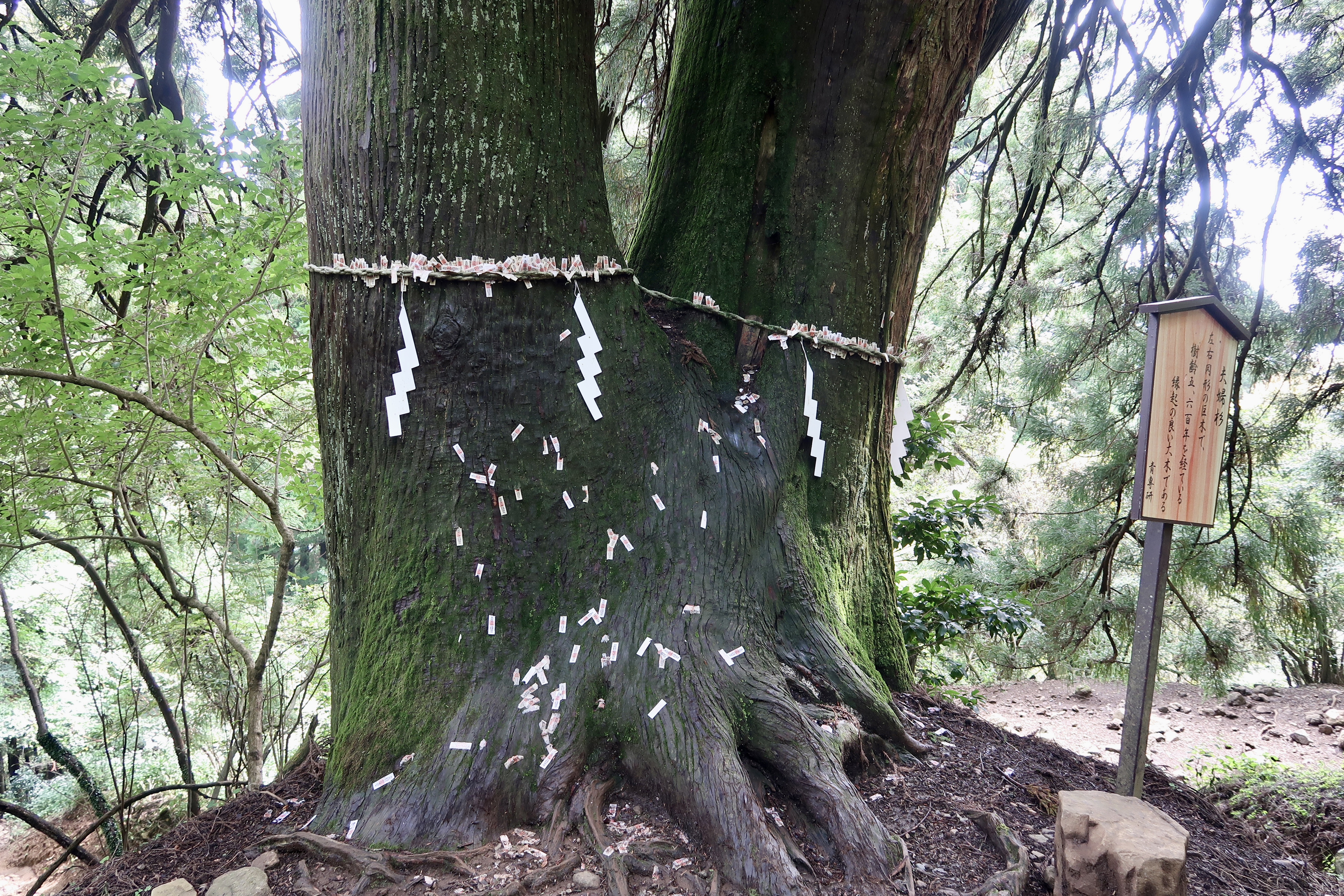
During the hike, Keisuke stopped periodically to explain points of interest, such as sacred landmarks, environmental features, and lookout points. The quiet environment, verdant scenery, and refreshing mountain air, made for a mindful hike that highly contrasted the city vibes of the morning.
Ask Keisuke about the concept of kuuki ga oishii!
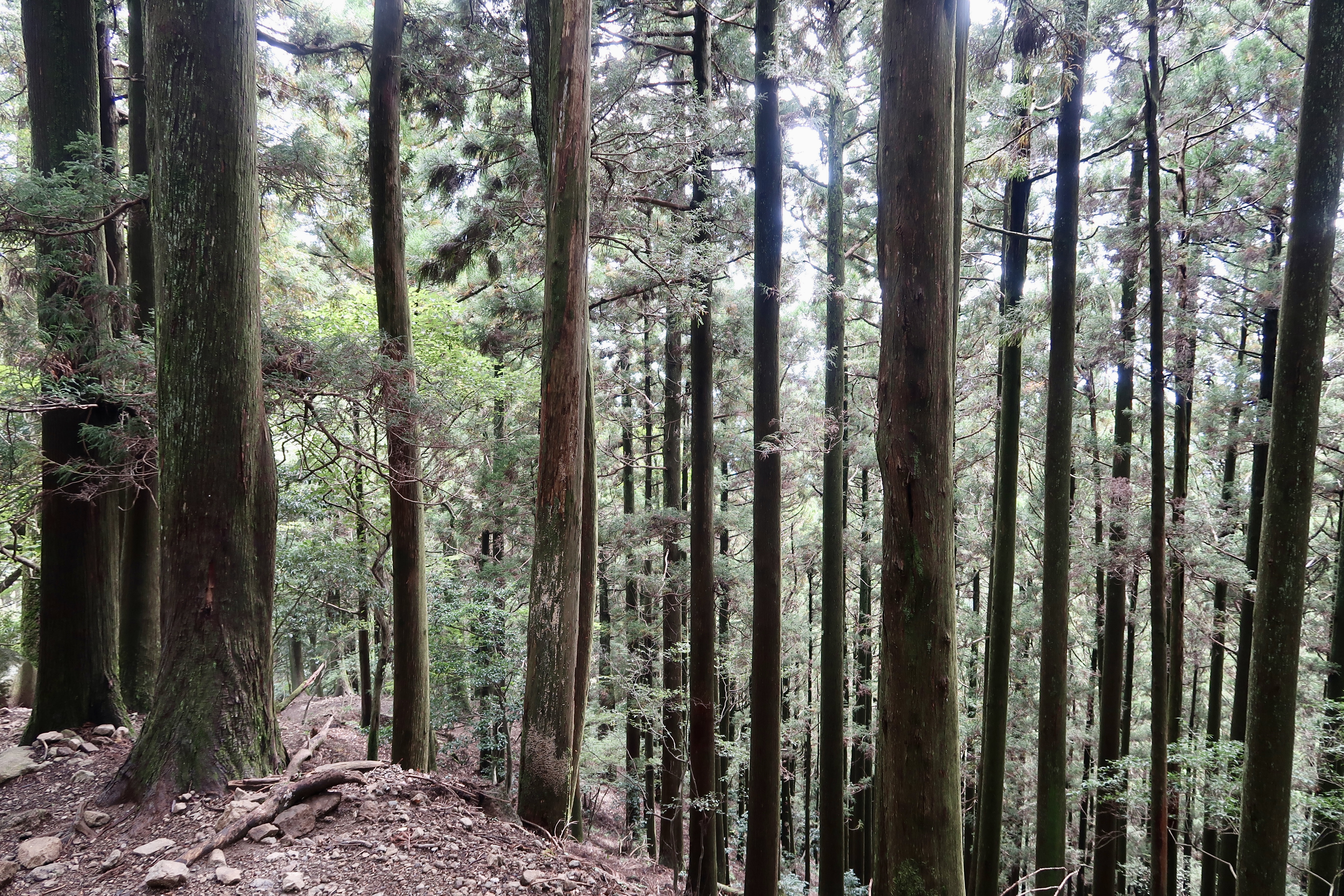
As we neared the summit, we stopped by a Mt. Fuji lookout point. Although it was a little cloudy, Mt. Fuji’s distant peak coupled with the rolling mountains and expansive blue skies was still a captivating sight. Soon after, we visited another lookout spot with stunning panoramas of Kanagawa’s coastline against the sea.
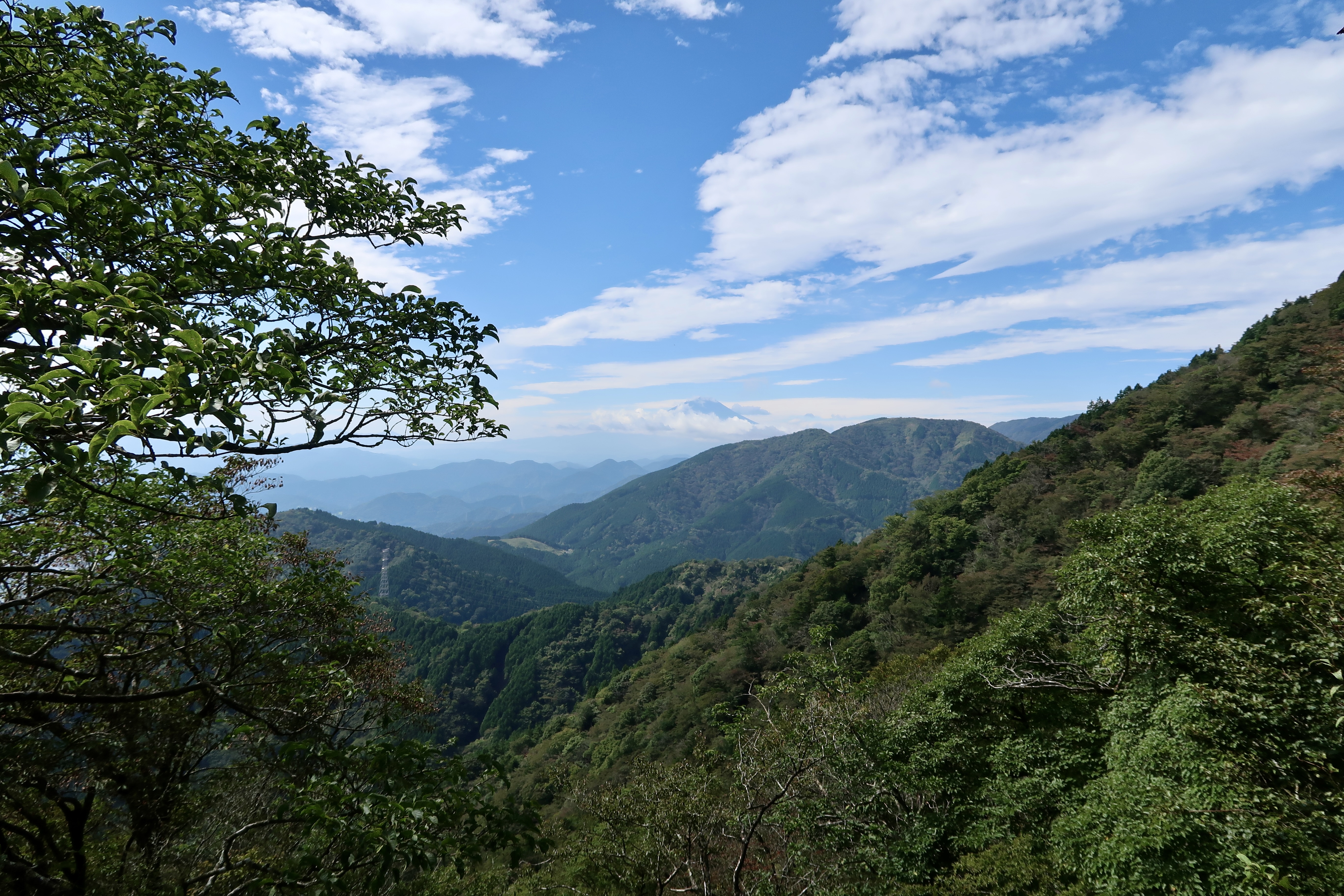
After about 90 minutes of walking, a torii (gate) marked our arrival at the summit. We made it!
Mt. Oyama’s summit
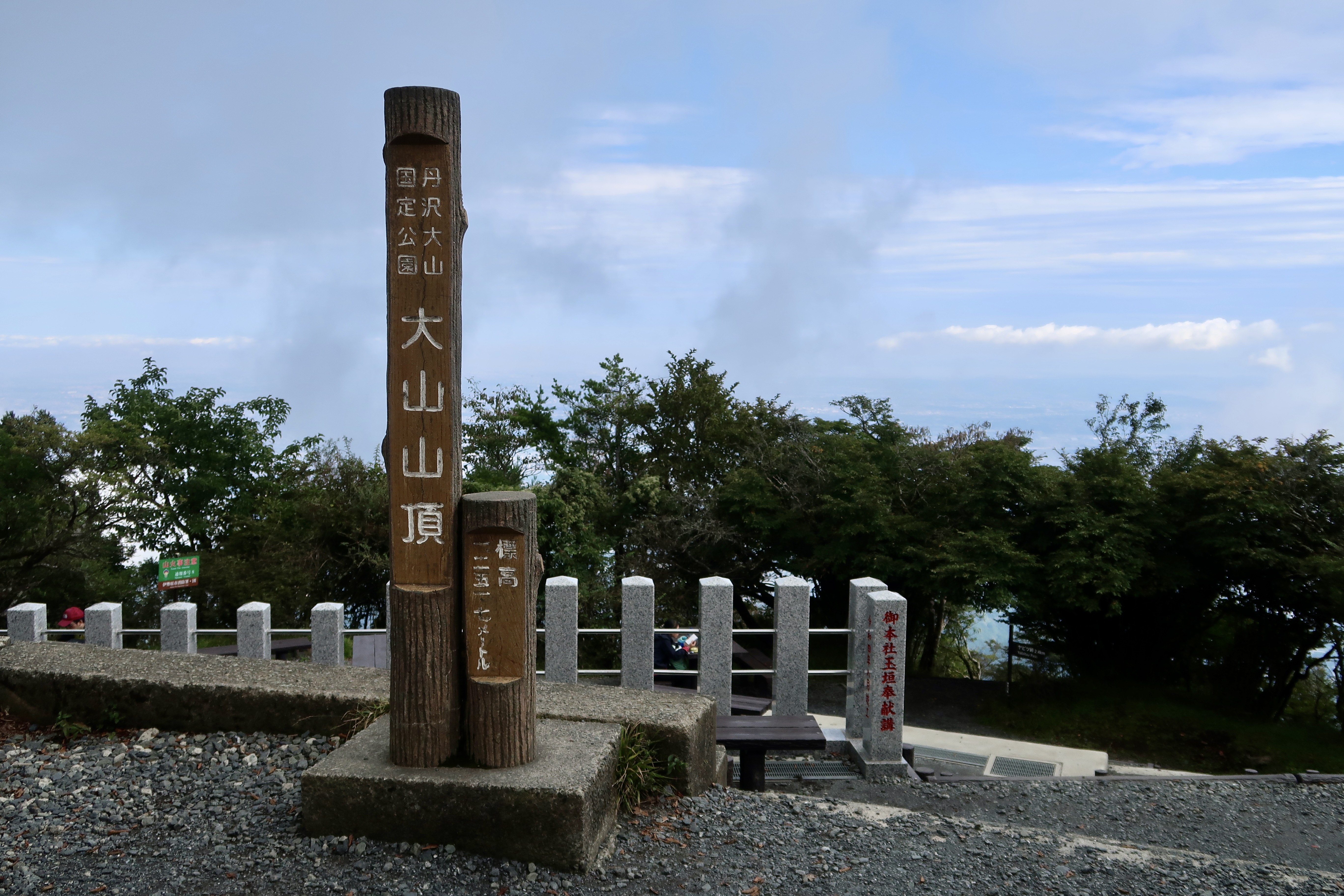
Far from just a lookout point, Mt. Oyama’s summit is home to a number of interesting features, including Oyama Afuri Shrine’s Honsha (Main Shrine), a sacred tree that is said to control the area’s rainfall, seating areas, public bathrooms, and plenty of lookout points. The blend of natural beauty and mountain worship culture created a serene atmosphere. It was the perfect place to enjoy lunch and relax after the trek.
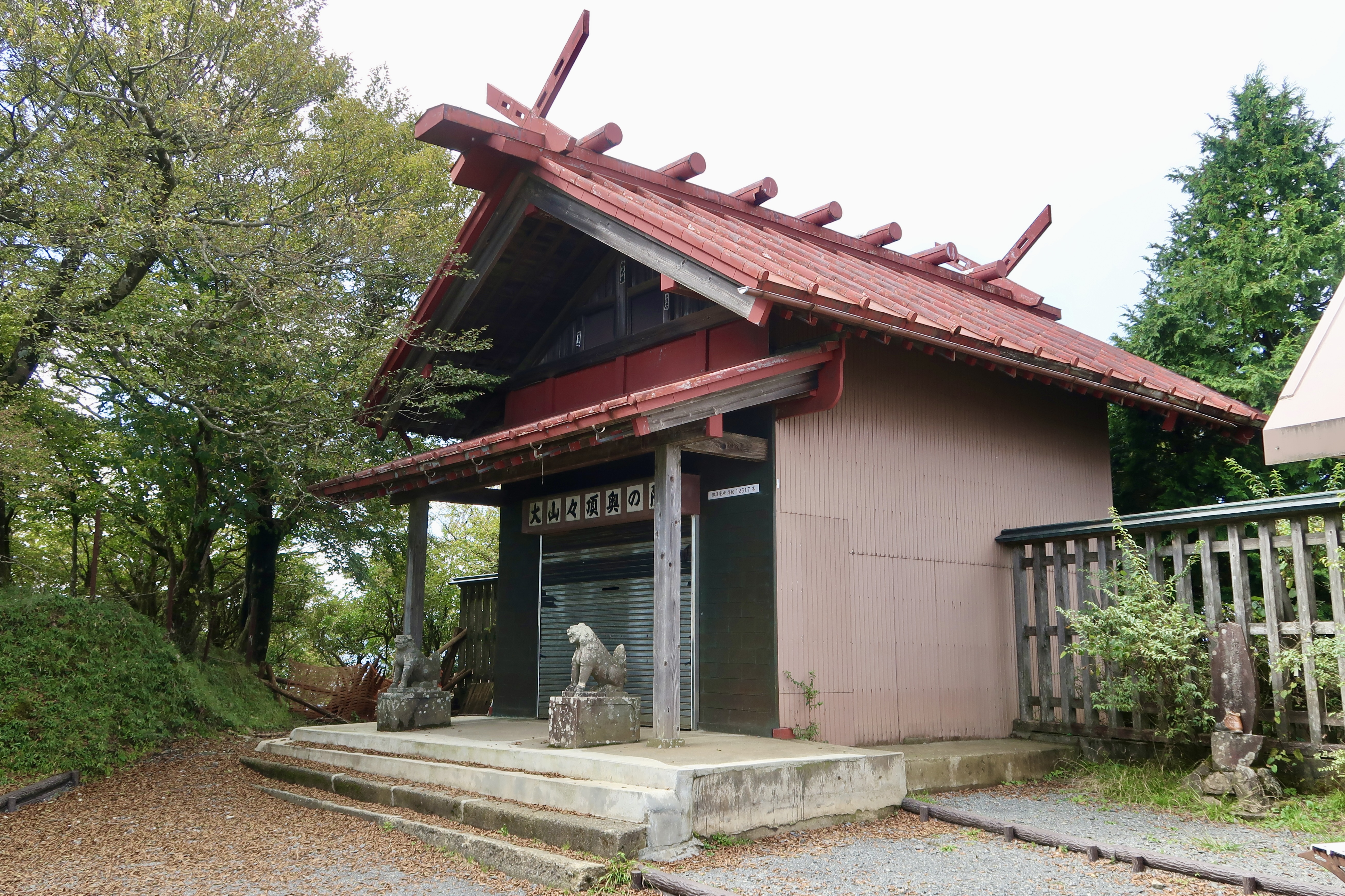
After replenishing our energy, we spent some time in the summit’s cooler air and admired the magnificent views of the cityscapes and mountains below.
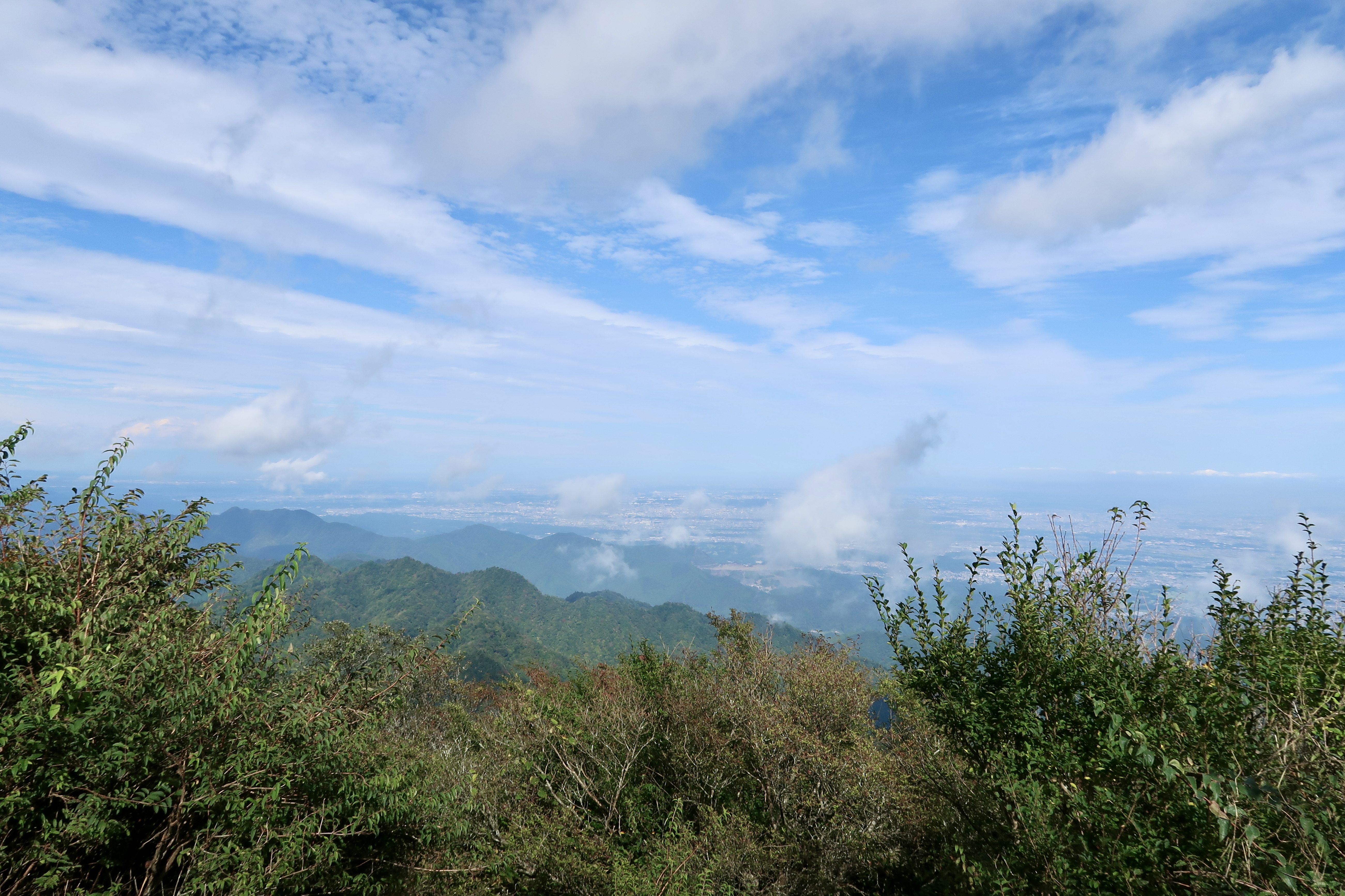
The descent
With our minds, bodies, and souls energized, we made our way back to Oyama Afuri Shrine. We took a different path on our return, and thus, were granted new sights. Also, since the morning light had transitioned to brighter afternoon hues, the forest shined with new vibrancy.
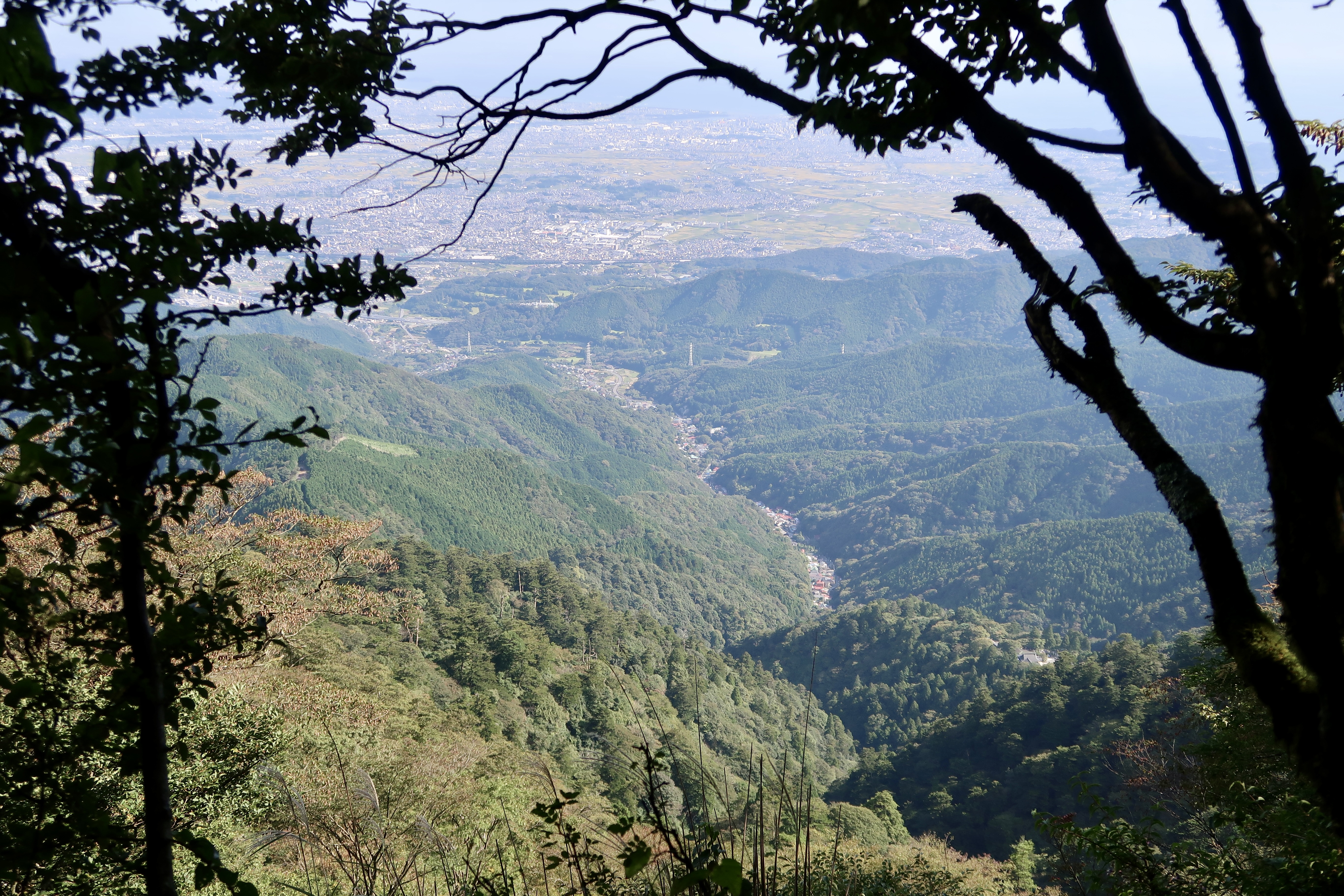
Since Keisuke and I still felt enlivened by the forest’s atmosphere, we decided to take a detour to Oyama-dera—an eighth century temple that is one of the three main Fudos (centers of spiritual power) in the Kanto region. In contrast to Oyama Afuri Shrine’s vermilion facade, Oyama-dera has an ornately carved wooden exterior. This temple is especially popular in autumn when its surrounding maple leaves turn a brilliant red.
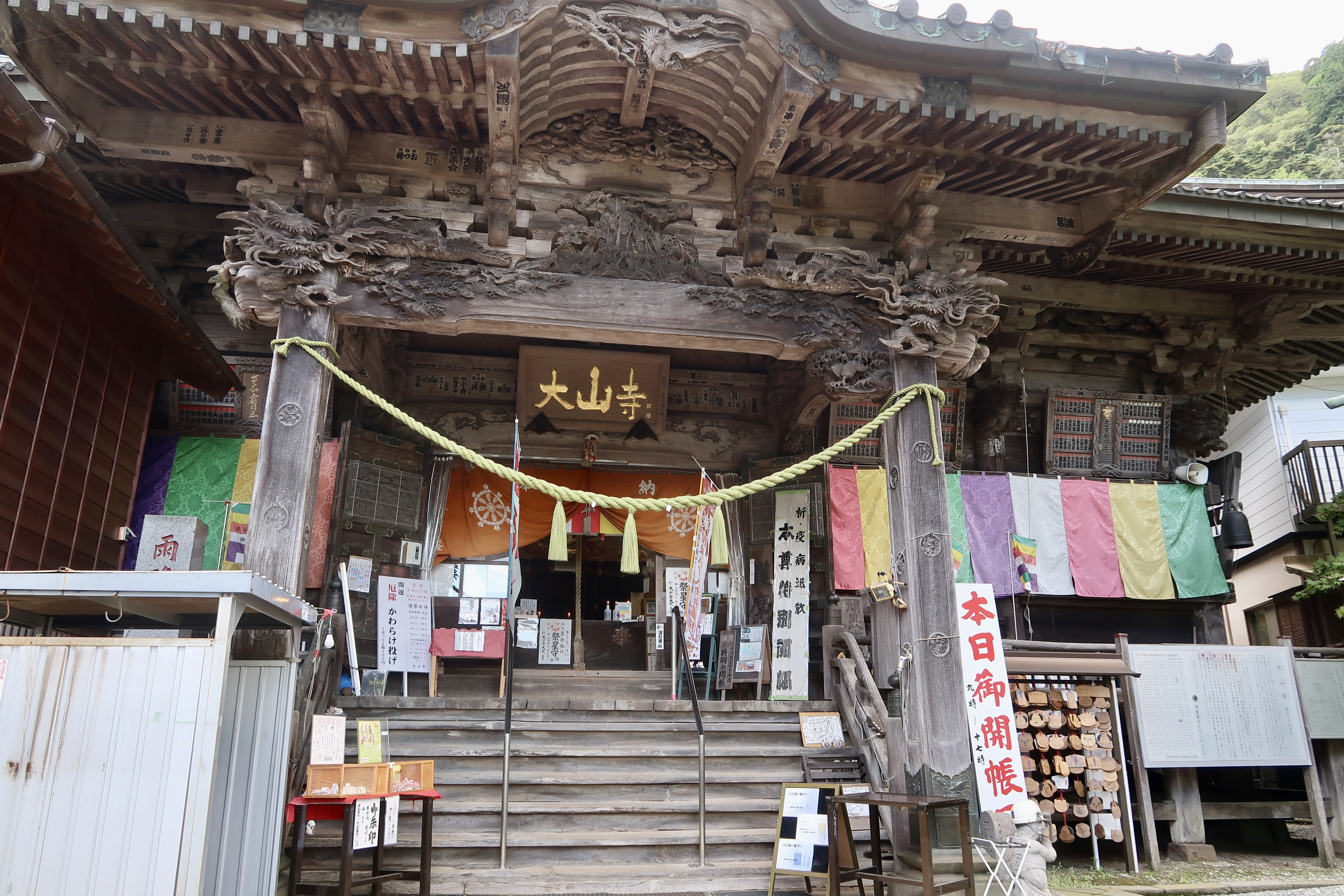
Oyama-dera is also a stop on the Oyama Cable Line, so it was easy to return to the Oyama-Cable Station.
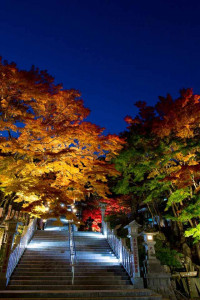
Back to the city
Once we reached Mt. Oyama’s base, we simply retraced our steps all the way back to Shinjuku Station. As I watched the natural scenery transition to the city once more, I felt satisfyingly tired and culturally enriched.
If you are interested in partaking in this journey yourself and discovering the natural beauty and cultural heritage of the Mt. Oyama area with an enthusiastic guide, be sure to check out the Mt. Oyama hiking tour.
